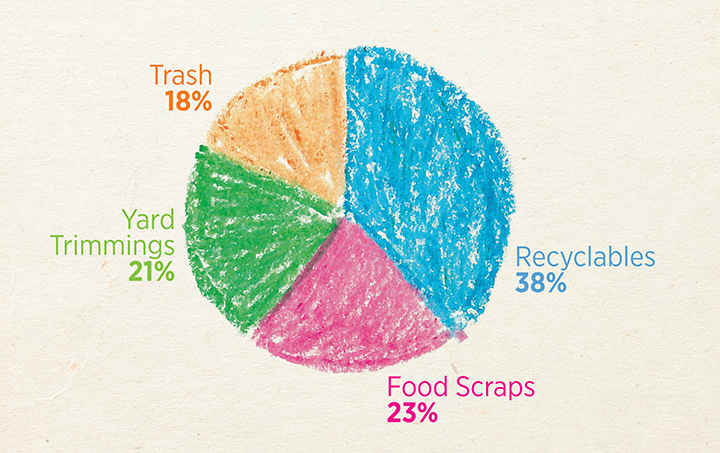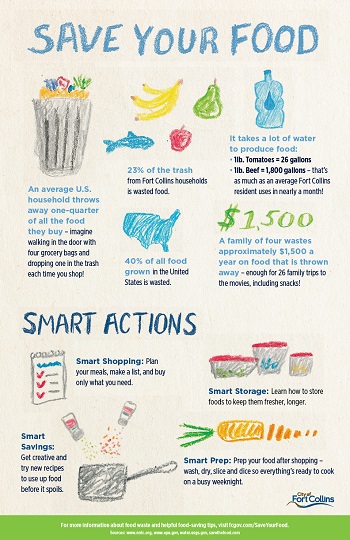Save Your Food#
In Fort Collins, food waste makes up approximately 23 percent of what residents throw in their trash. It’s not just banana peels or chicken bones – often it’s whole foods and ingredients that get tossed without being consumed.
The average household throws away one-quarter of all the food they buy – that’s like walking in the door with four grocery bags and dropping one straight into the trash each time you shop! Across the US, as much as 40 percent of all food grown ends up being wasted.
All that food waste comes at a cost – when you save your food, you also save money, water, and greenhouse gas emissions.
Take the Challenge#
How much food gets thrown out in your household? Take the EPA’s food recovery challenge to find out:
- Challenge instructions and worksheet
- Share your results on Facebook, Instagram or Twitter with #SaveYourFood
How Much Can We Save?#
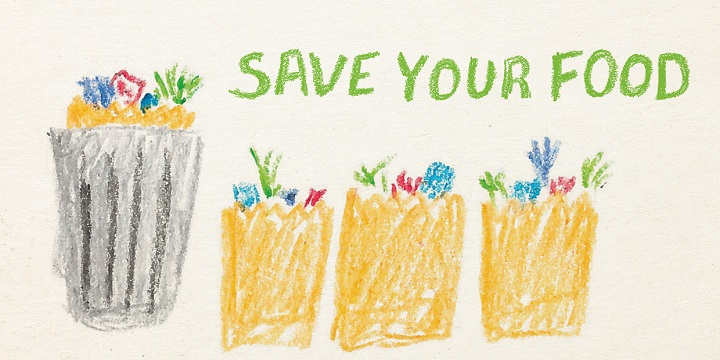
Food waste adds up:
- Money: A family of four loses approximately $1,500 a year in wasted food. That would pay for the same family to make 26 trips to the movie theater – including popcorn and soda!
- Greenhouse Gas: Food scraps decomposing in landfills are a major contributor to area greenhouse gas emissions -- emitting as much GHG per year as 1,750 passenger vehicles.
-
Water: Throwing away food also wastes the water it took to produce it, and it takes a lot of water to produce one pound of food:
- Tomatoes: 26 gallons
- Lettuce: 98 gallons
- Apples: 100 gallons
- Chicken: 500 gallons
- Beef: 1,800 gallons – that’s equal to nearly a month’s water use of an average Fort Collins resident.
I Feel Happy – How To Save Your Food#
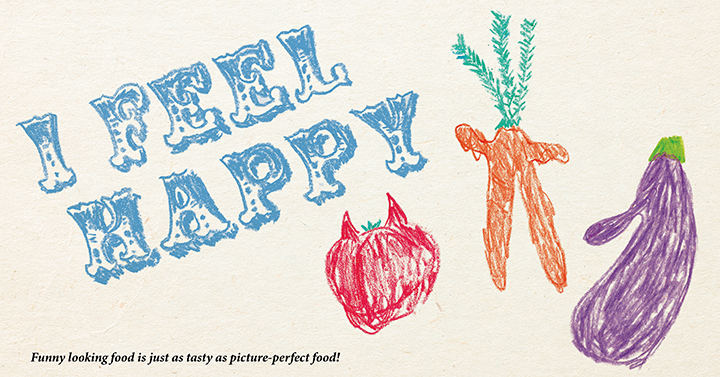
Smart Shopping:
- Plan your meals, make a list, and buy only what you need
- Perfection is overrated – misshapen produce still tastes good!
- Avoid shopping while hungry to avoid over-buying
- Need help with meal planning? There’s an app for that
Smart Storage:
- Learn how to store foods to keep them fresher, longer.
- Avocados, tomatoes, and most fruits and veggies do best in the fridge.
- Bananas, mangoes, potatoes and onions prefer the countertop.
- Freeze leftover bread, herbs, or sliced fruits and veggies to use later.
- Get more food storage tips.
Smart Prep:
- Prep your food after shopping – wash, dry, slice and dice so everything’s ready to cook on a busy weeknight.
Smart Savings:
- Eat what you buy – including leftovers.
- Get creative and try new recipes to use up food before it spoils.
Want more food-saving tips? Visit savethefood.org
I’m Not Dead Yet#
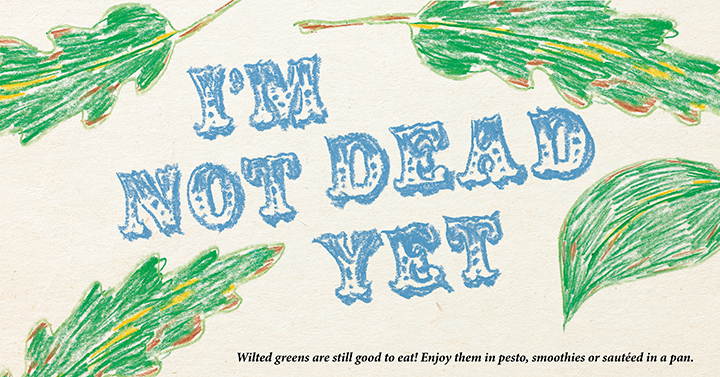
Have food that is past its prime but still edible? Or too much food?
- Your food might still be safe to eat! Learn to interpret food date labels.
- Consider donating extra food to local non-profits.
- Have extra produce from your garden? Donate it through Plant it Forward.
Bring Out Your Dead#
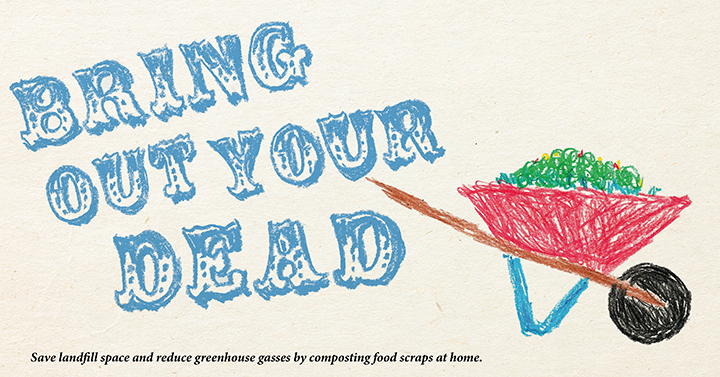
When all else fails, you can still keep food scraps out of the landfill by:
- Composting – backyard composting isn’t as hard as you may think!
- Subscribing to curbside food scraps collection service
- Feeding Chickens – Many residents have a chicken coop; feeding them your food scraps can quickly turn those scraps into eggs.
- Recycle Cooking Oil and Grease – Find a local drop-off center.
- Garbage Disposal Use - The in-sink grinder in your kitchen can be used for many types of food scraps.
